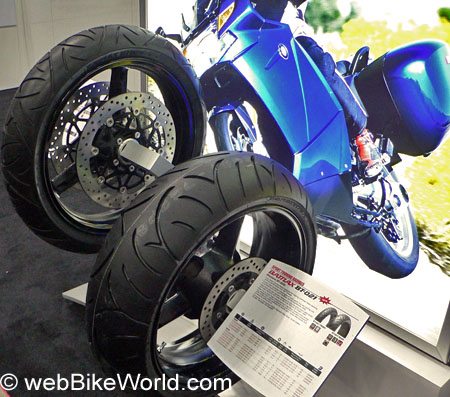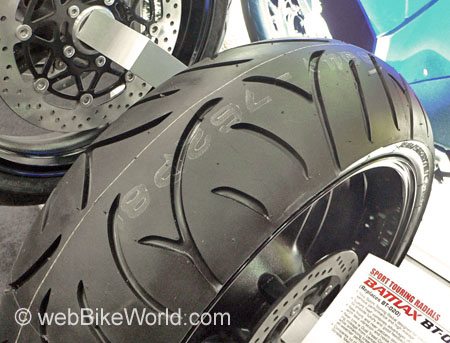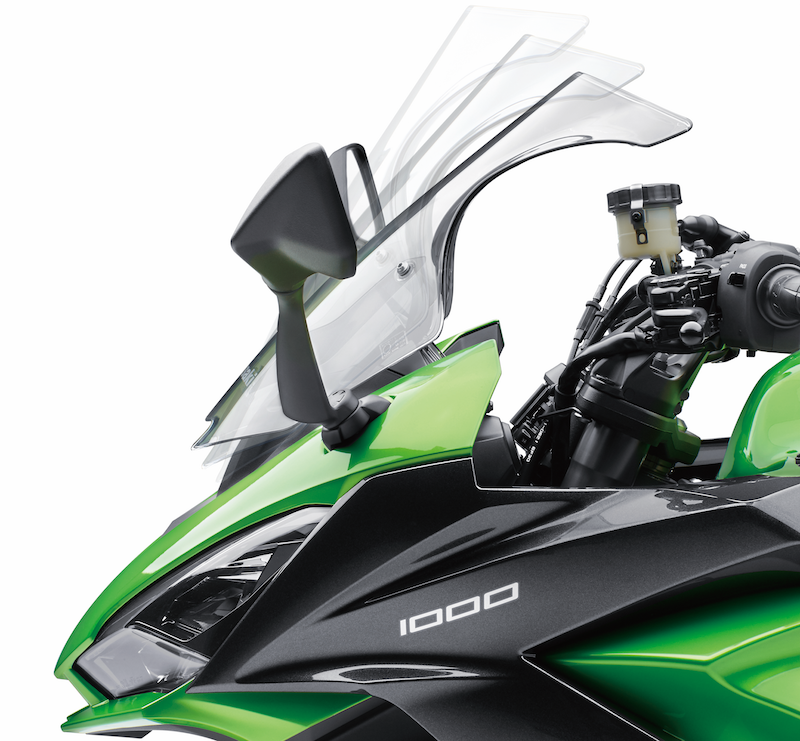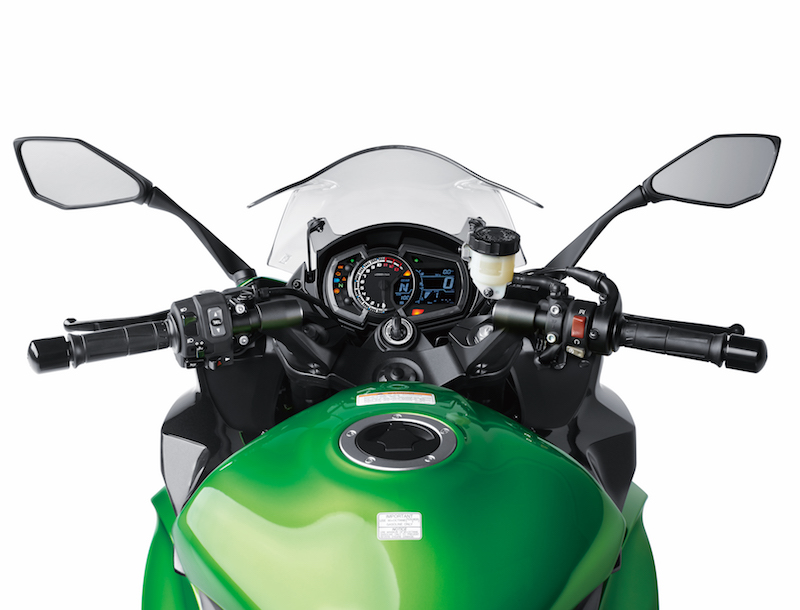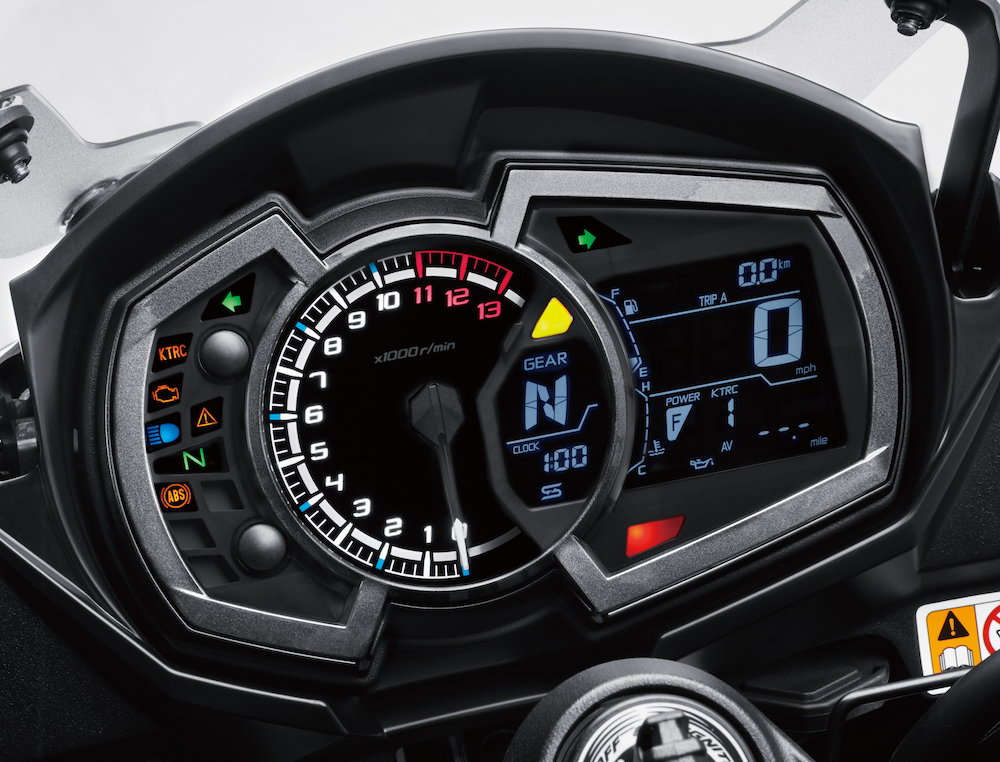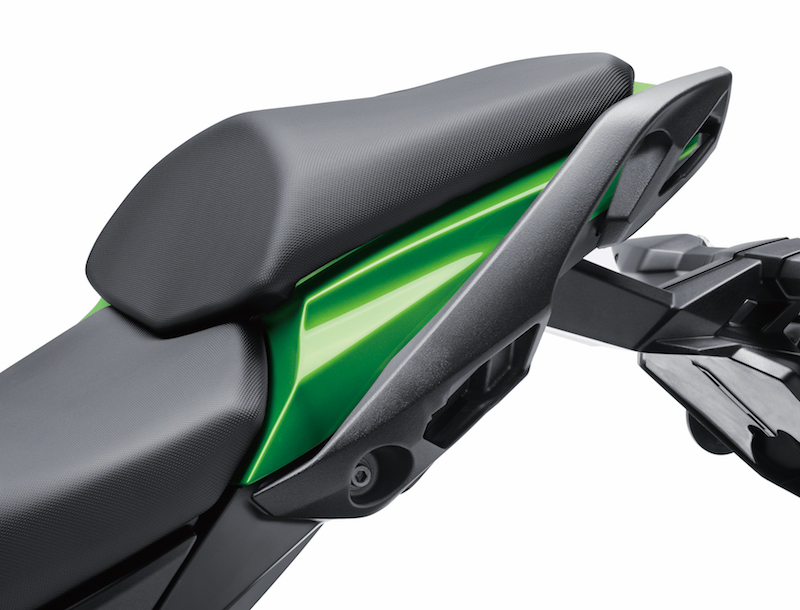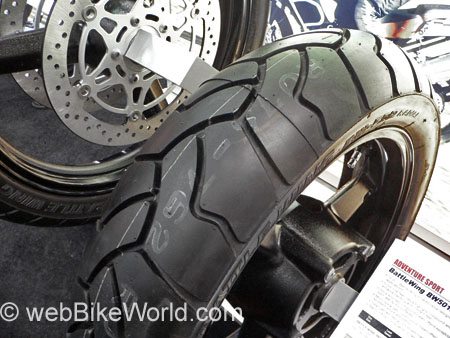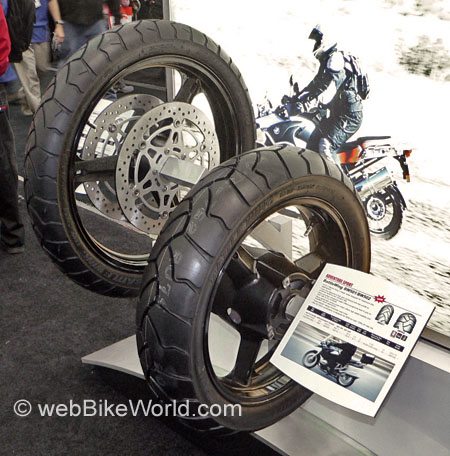The updated Kawasaki Ninja 1000 is the most rideable and best-value sports tourer since the mighty Honda Blackbird.
It’s a lot of bike for $16,299 plus on-road costs, which is just $300 more than last year despite the host of upgrades.
The third iteration of the big sports tourer now has even more comfort, more technology, improved safety and new styling.
It is the type of bike you can ride two-up, with luggage for long distances and still keep a big, wide grin on your face.
Drivetrain
At the heart of the changes are revisions of the 1043cc four-stroke inline four engine to meet stringent European emissions targets.
This has not choked the Ninja 1000, but improved power delivery. It feels totally linear with no peaks or troughs, just whipped-cream-smooth torque and power across the range.
Married to a faultless transmission, it is a flexible engine that can be easily revved out to the limiter around 11,000-rpm or lazily flicked through the gears and driven off the enormous torque band.
In fact, you can even flick it through to sixth around town.
The clutch is super-light which makes it a joy in heavy traffic and the gearbox is absolutely faultless with no false gears and neutral dead-easy to find.
It’s such a slick delight, you can clutchlessly quick-shift the gears in both directions thanks to the assist and slipper clutch.
There is a little snatch off idle, but the throttle has enough sensitivity and resistance to help you drive smoothly at low speeds. There is also no surge when riding slowly at constant throttle as is evident in too many EFI bikes today.
The Ninja 1000 engine revs smoothly and so effortlessly, it can be a little difficult to judge your speed without looking down at the speedo.
At one stage I went from an 80km/h zone to 100km/h and after just a couple of seconds I looked down to see 130km/h on the digital speedo and had to quickly back off.
The bike now comes with electronic rider aids inspired by the WSBK championship-winning Ninja ZX-10R.
They include an Inertia Measurement Unit package with launch control and Kawasaki Cornering Management Function or traction control that takes into account lean angles.
On a sport tourer I would have thought it would be more important to include cruise control than launch control, although the traction control was welcome in the rain.
There are also two engine modes for full and low power, the latter coming in handy during a downpour, together with the three-position traction control.
At the end of several days of mixed conditions in traffic, highways, wet roads and charging through the mountains, the Ninja 1000 returned economy figures of 5L/100km which is quite reasonable. That gives it a usable touring range from the 19-litre tank of over 350km.
Styling updates
Kawasaki has restyled the Ninja 1000, not just for cosmetics, but for comfort.
The fairing and front cowl are now slightly bigger, offering greater wind protection.
I found that on a day of very heavy mist and light rain my whole body stayed bone-dry while riding at speed through the Brisbane Valley.
The windscreen now has three positions which you can select when stationary with a lever tucked inside the front cowl.
The top position created too much buffeting around my helmet and the lowest setting was actually best. I’m 187cm tall, so shorter riders may find it works better on other settings.
Kawasaki has managed to make this bike look very aggressive without resorting to the usual “Transformers” styling school. Everything is neat and flowing and the massive four-pot exhausts have been cleverly disguised to look much smaller and neater.
Fit and finish is perfect – just as we expect from the Japanese.
The one thing I don’t like about the Ninja 1000 styling is the wing mirrors which are set way out on the front cowl. They are almost too far to reach and they look like a Pixar insect character’s antennae.
Ninja 1000 now comes with LED daytime running lights and headlights which give a very white light at night with a nice, even spread. They also look pretty cool.
The new analogue/digital instruments are very comprehensive and because there is so much information, some of the numbers can be a little too small to read.
I like the gear position indicator and the shift-up indicator which seems to want you to go to sixth gear by 60km/h!
You can toggle through the information (economy, range, odo, temperature, etc) and change modes and traction control via the handy toggle switch on the left handlebar.
I found the screen had some glare which made it difficult to see the digital speed readout in direct sunlight.
Surprisingly, for such a sporty tourer, the riding position is almost neutral with only a slight reach to the bars and the footpegs not too high.
It makes for a comfortable riding position for all-day touring.
However, the redesigned seat is supposed to be more comfortable than before, but I found it very hard. I should point out that I have very little natural padding on my backside!
The pillion will find a reasonably comfortable perch for such a sporty bike with a generous reach to the pegs and wide and comfortable grab handles.
Those handles also cleverly hide the anchor points for the optional “Clean Mount” luggage system.
That means no ugly pannier holders when the luggage is removed.
Ride and handling
Despite its sporty looks, this is not a track bike. It’s a sports tourer. So the emphasis is on stability and ride.
The bike feels solid and stable at any speed with a sturdy but compliant ride.
It had been set a little hard at first, but backing off just one or two clicks of preload on the hand-adjustable rear shock made all the difference on the craggy surfaces of the Brisbane hinterland roads.
The very bumpy road around Somerset Dam provoked some bump steer when the bike was leaned over in corners. Perhaps some tweaking on the fully adjustable front suspension would have put that right, too.
While I had little problem keeping up with a friend on a more lithe superbike, when we hit a series of esses, I lost touch as the bike is a bit heavy on the steering.
Turning into a corner is a little slow, but the flip side is that it is rock solid and you can make slight changes of course without upsetting the bike.
But that heavy steering makes quick changes of direction in esses ponderous and tiring.
After a while, I worked out that a little touch of the brakes while steering from one turn to the next helps. A touch of front brake helped pick the bike up out of a lean, followed by a touch of the back brake to pull it down on the other side.
Speaking of which, the brakes are awesome with their triple petal discs, radial-mount monobloc callipers and radial-pump front brake master cylinder.
They are very strong with reasonable initial bite and plenty of power, progression and feel.
The brakes were so easy to control – even on a very slippery surface – that I was able to brake hard without invoking the ABS.
Ninja 1000 conclusion
Kawasaki has improved the Ninja 1000 on several fronts to make this a very accomplished sports tourer.
The neat luggage system and factory accessories such as grip warmers and 12V on the dash make it even more capable of comfortable sporty touring.
Kawasaki Ninja 1000
- Price: $16,299 plus on-road costs
- Engine: 1043cc liquid-cooled, DOHC, 16-valve 4-stroke in-line four
- Bore x stroke: 77 x 56mm
- Compression: 11.8:1
- Power: 105kW @ 10,000rpm
- Torque: 111Nm @ 7300rpm
- Transmission: 6-speed, assist/slipper clutch, chain drive
- Suspension: 41mm USD forks with compression and rebound damping and spring preload adjustability, 120mm travel; horizontal back-link, gas-charged rear shock with rebound damping and spring preload adjustability, 144mm travel
- Caster: 24.5 degrees
- Trail: 102mm
- Steering angle: 31 degrees
- Tyres: 120/70ZR17M/C (58W); 190/50ZR17M/C (73W)
- Brakes: Dual semi-floating 300mm petal discs, with dual radial-mount, monobloc, opposed 4-piston calliper (front); 250mm petal disc, single-piston calliper (rear)
- Length: 2100mm
- Width: 790mm
- Height: 1185mm
- Wheelbase: 1440mm
- Clearance: 130mm
- Seat: 815mm
- Kerb weight: 235kg
- Fuel tank: 19 litres
- Colours: Candy Lime Green / Metallic Carbon Gray, or Metallic Spark Black / Metallic Graphite Gray






